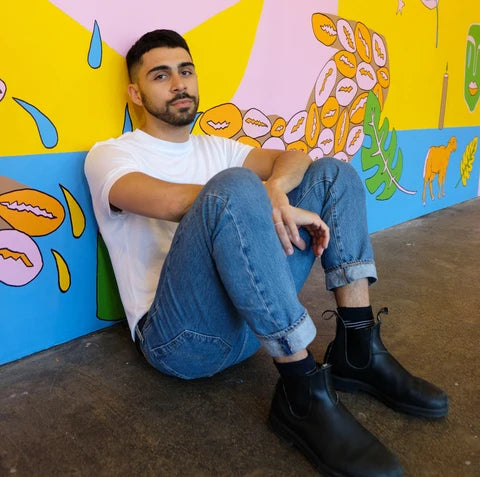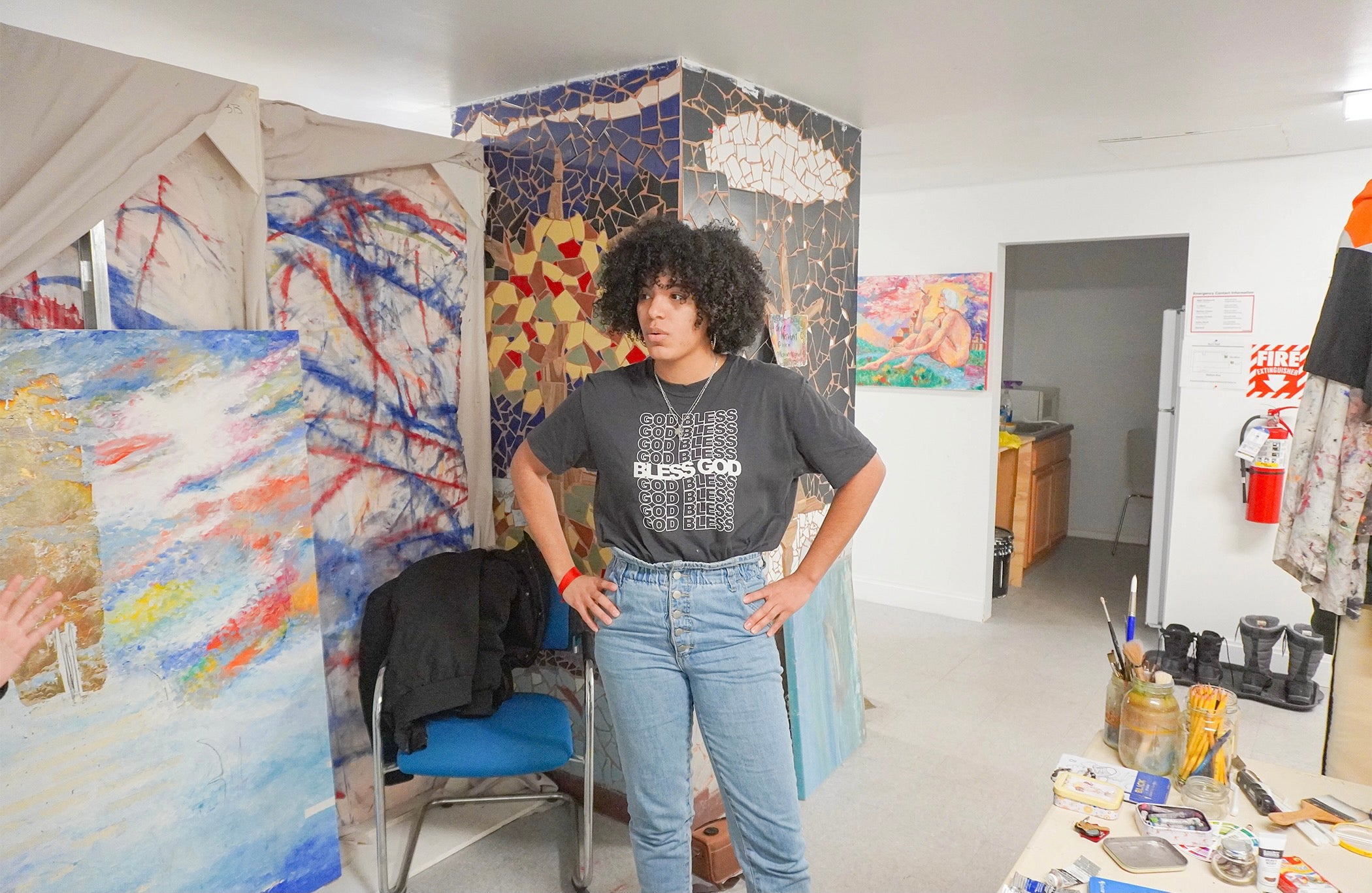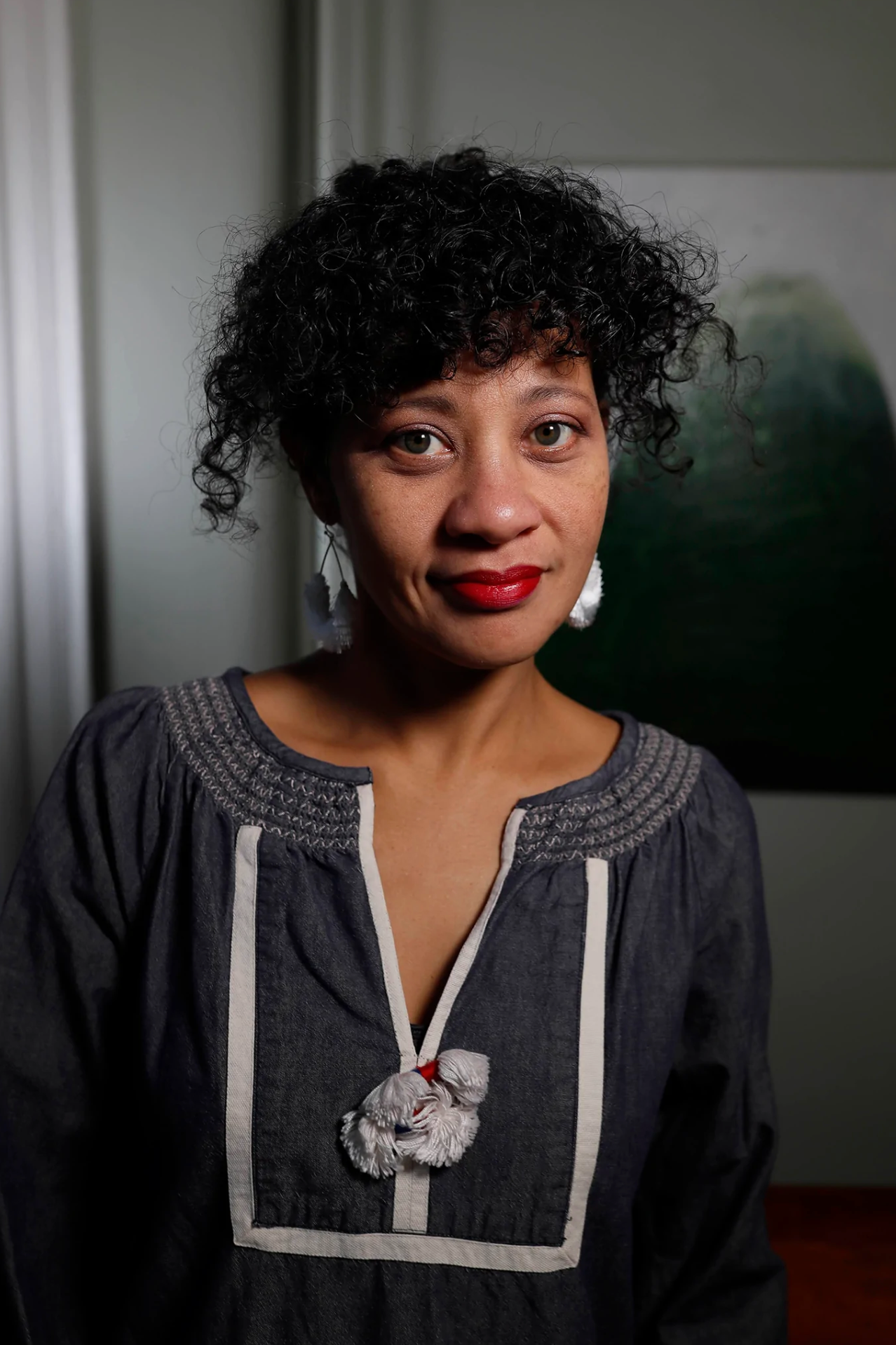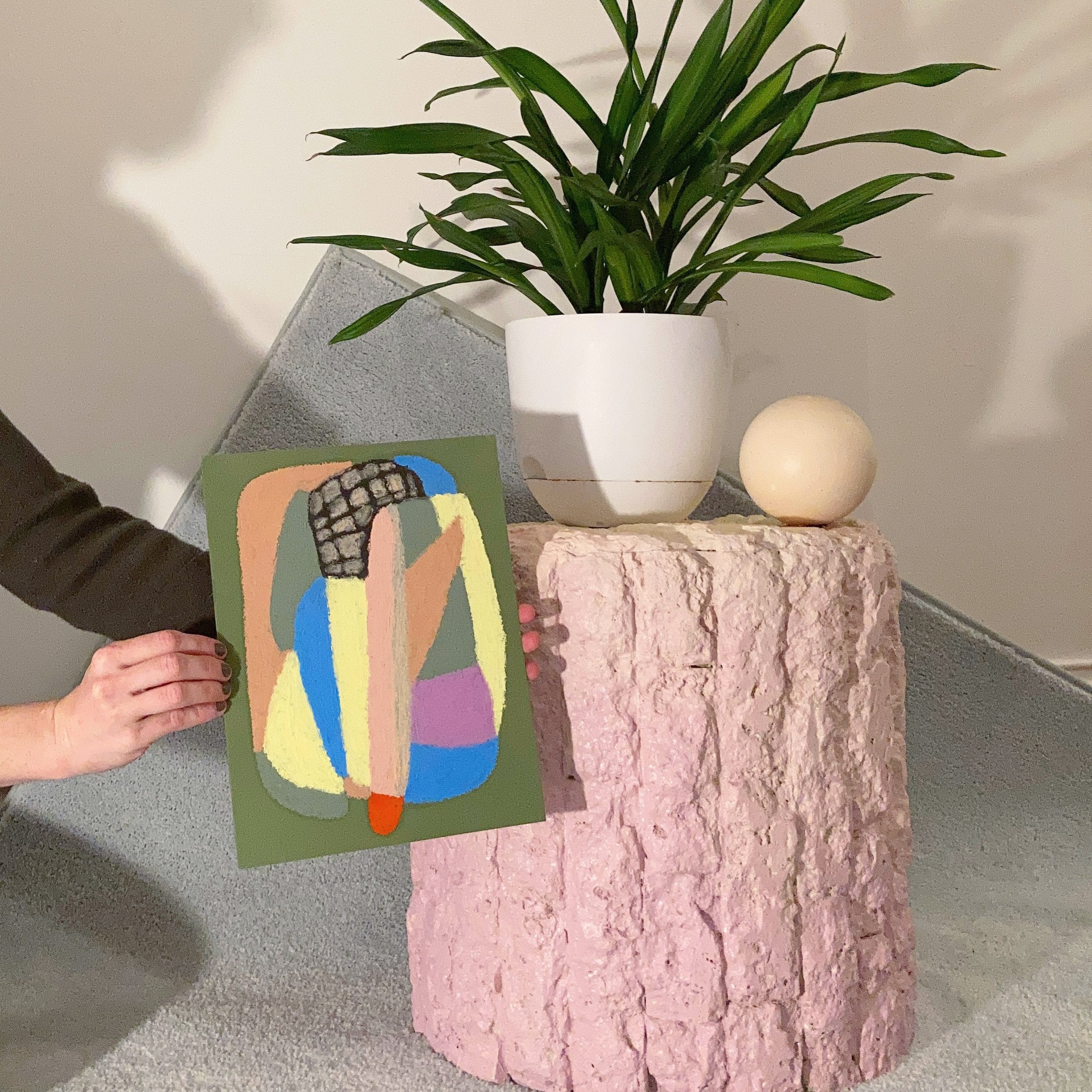No Products in the Cart
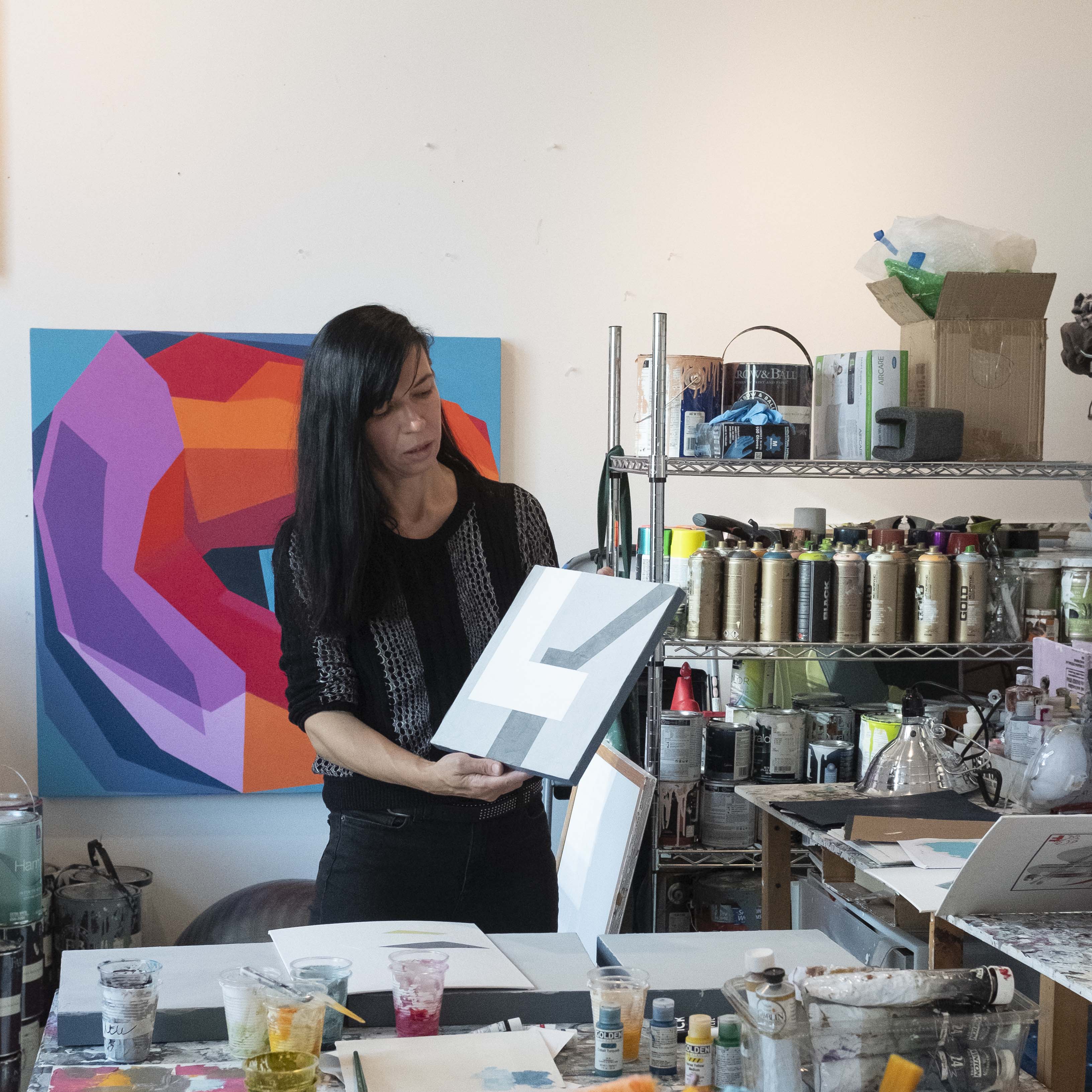
MEET KATI: TRANSFORMING PAINT INTO A PLAY OF LIGHT AND TRANSPARENCY

Hungarian Visual Artist Kati Vilim uses abstraction as an universal language
Q1. What was the first painting you created?
It’s hard to track in time, naturally we are always creating in school. I was interested in many things in school. I was interested in geometrics and mathematics. I was interested in combining different fields with art.
We seperate everything into categories. We put things in boxes—but music, mathematics, and architecture have structure, ratio, rhythm just like visual art. And I’m looking for these common things in these separate fields. I’m very fascinated about this common language we can speak basically through abstraction.
Q2. What do you mean that we speak the common language of abstraction?
I started to focus on abstraction itself because I realize this is what connects us. Doesn’t matter where we are coming from or what language we speak, we communicate through these abstract languages. Abstraction is a very basic human process we all use everyday—we speak languages, we use numbers, we have music in our life, and it's all based on abstraction.
Q3. You have a lot of geometric and angular shapes in your paintings, are there specific geometries that caught your eye when you first moved to New York City?
Geometry is all over—just like abstraction—it’s a part of our life. Parallel parking is geometry; when you slice a pizza you are finding the right angle, that’s geometry; when you think about the Universe, at the macro and micro level you find geometric shapes.
I really like to look at cityscape anywhere I am at. And New York City is very specific, it’s very interesting and it’s always changing. The paintings are not coming from anything I’m seeing in the visual world though, it’s coming from ideas we can capture in the abstract world.
Q4. What’s your relationship with colors?
Science doesn’t know how we process color yet, so I started to experiment through my own experience. For many years I used only primary colors, and used very basic visual language to observe color. I was working with two groups of primaries: Red, Green, Blue (RGB) and cyan, magenta, yellow (CMY). I used these six colors in my painting 36 Squares. They include all the colors.
Q5. How did you create 36 Squares?
36 Squares is a painting I created focusing on the process of creating a painting. I came up with this idea to use dice to define the composition. As the title describes, the painting is divided into 36 squares. And based on this grid system, I’m using 6 colors only. What color each square represents was decided by rolling the dice. I created these two dice for this painting to define the composition. I had to roll some hundred times to get the result.
Using the dice helps to include “chance” into the creative process, and using chance in the arts process was very common probably in the sixties. I never really did that before, and I was curious how that would work for me. Using chance gives me the freedom to step away from my own process, and I found that interesting too.
Q6. I saw your digital projects on your website, can you talk about that?
Basically I’m a painter, I was very interested in technology at the same time. I was interested in working with traditional media, painting using oil paint and brush; at the same time, I had the curiosity to create with digital medium, creating digital prints, making drawings with iPad, or creating videos based on algorithms.
I was curious what the human brain is able to do with all these new technology, and what the human brain is able to do without technology, just using a brush.
Q7. Do you miss Hungarian food?
No.
Q8. What do you do in your down time? What brings you joy?
I like to listen to live music a lot. I like to go see live music, every style—classical, Jazz, rock music, pop music. After working hours in the studio just on my own, that gives me a way to connect to other people, and to connect to what other people create. It feels really good to experience a different type of artform, something fresh.



